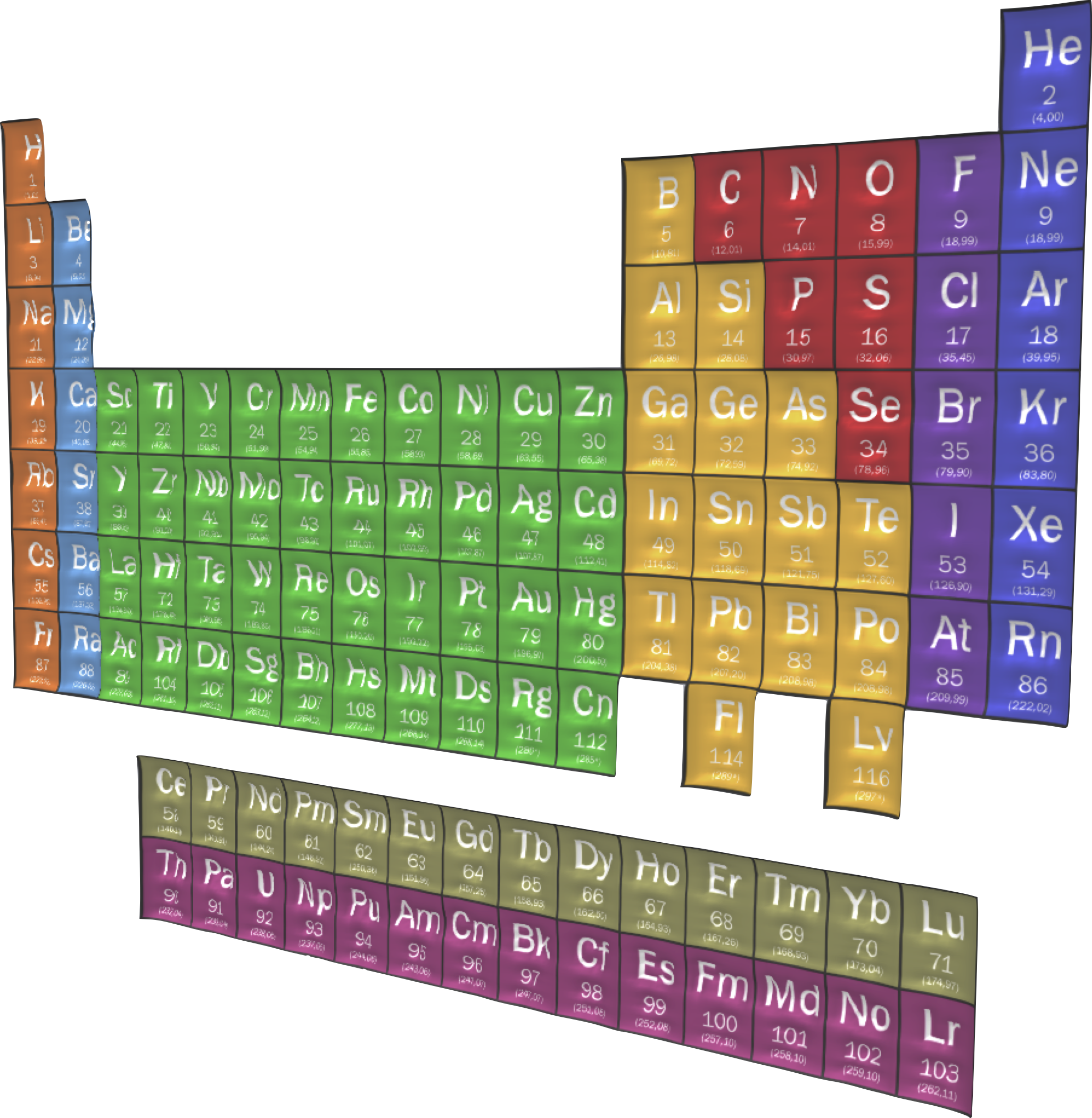
Why Rara?
Human civilization has evolved as a consequence of our ability to understand and use new materials, to such a degree that we identify historical ages with their name. Agriculture and settlement overtook hunting and nomadism during the stone age, trade and urban centers started during the bronze age, and empires and the arts flourished at the end of the iron age, which marked the end of prehistory and the beginning of history. We have now been living for the past 50 years in the silicon age, which marked an unprecedented rapid technological advancement, thanks to development of the microelectronics industry, of a digital society which would have been unthinkable even for the generation just before ours.
This advancement came with an unexpected burden: the impact on our environment. While silicon is vastly abundant on earth, the microelectronics industry and other industries for the green transition need many other materials, some of them scarce or very difficult to mine without polluting. This is the case of the so-called “rare-earth elements”, and other “critical raw materials” which are mined with no strong environmental regulations, subjecting the environment and people to unsustainable practices. The trade of these materials is furthermore in the hands of very few actors, which breeds for risky geopolitical situations.
However, recent advances in science and technology are now here for civilization to attempt the jump into the new sustainable materials age, where polluting or energy-intensive materials are replaced by human-made compounds with minimal environmental impact. We propose to create a research program where these compounds can be predicted using the latest computational methods, produced with modern and scalable synthesis and growth technologies, and tested with advanced characterization tools.
